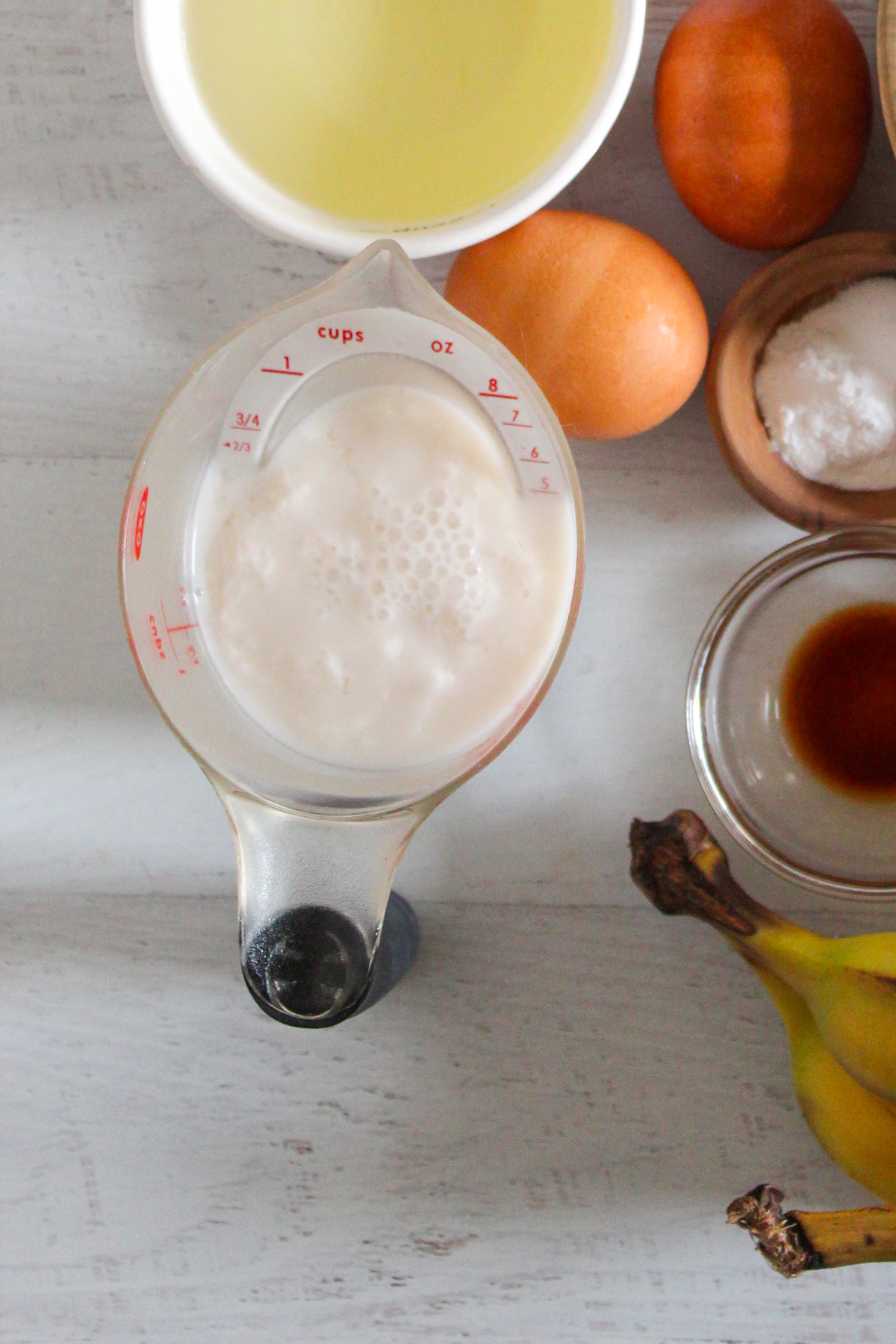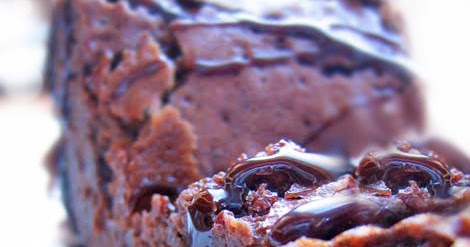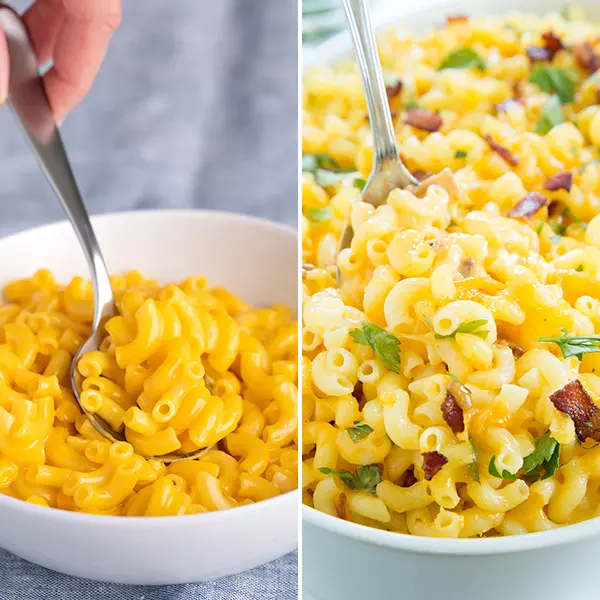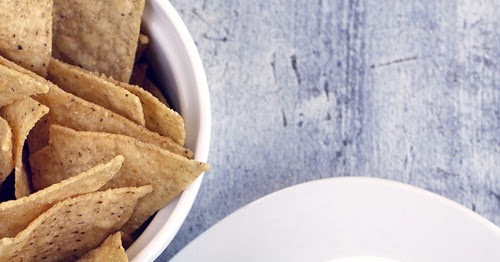If traditional buttermilk is not an option for you, you’re in the right place! This dairy free substitute for buttermilk couldn’t be easier and will make sure your gluten-free bakes turn out great every time!

Since buttermilk is so common in baking and many of my readers are trying to minimize allergens in their diets, I get asked about dairy free buttermilk all the time! I have a super simple vegan buttermilk recipe that I come back to again and again. It’s the perfect alternative when you need a substitute for real buttermilk, and it works just as well as the real deal in my favorite muffins and quick breads. You’ll want to print it out or jot it down to keep it on hand!
You’ll find a slew of naturally dairy free recipes on my blog, including this vegan buttermilk. It’s a key ingredient in these gluten free buttermilk pancakes, my favorite gluten free white cake, and of course, in the best gluten-free cornbread.
Jump to:
Best Dairy Free Substitute for Buttermilk: Key Takeaways
Buttermilk is used in many baking recipes to add a tender, moist texture and to offset the sweetness of your favorite fluffy pancakes or scones. It’s also a common way to activate baking soda, giving your favorite muffins and cakes a nice rise. However, it can be challenging to find vegan buttermilk in stores. Fortunately, you can easily make your own vegan buttermilk substitute by following a super simple recipe (listed below).
This homemade vegan buttermilk is so easy to make and much cheaper than the other dairy-free options listed below. However, some simple storebought options, like dairy-free yogurt, sour cream, cultured drinks, and cream of tartar, can also work in a pinch.
What is Buttermilk?
Buttermilk is a traditional fermented milk beverage made by whipping or churning cultured heavy cream. In this process, the fat molecules begin to stick together, and the liquid separates out. Basically, buttermilk is the milk left over after making butter.
It is naturally tangy, thanks to lactic acid bacteria, which is why it’s so popular in baking. The acidic liquid reacts with baking soda in your favorite baked goods, helping to ensure they turn out light and fluffy every time. It’s also often used in a variety of savory recipes, including creamy salad dressings, marinades, and so much more.
If you don’t have any buttermilk, you can try a different leavening agent, like baking powder, which contains an acid (cream of tartar) to activate the baking soda.
Another option is to make your own buttermilk at home. Instead of making cultured or traditional buttermilk, you can make acidified buttermilk by adding an acid to milk. It’s a simple, effective process that will help you enjoy the texture and flavor benefits of buttermilk while still getting that all-important chemical reaction.
How to Make Non-Dairy Buttermilk
This is the standard recipe I generally follow for homemade vegan buttermilk:
- Place one tablespoon of distilled white vinegar in a measuring cup.
- Fill the cup the rest of the way with unsweetened almond milk or another non-dairy milk.
- Let the mixture sit at room temperature for 5 minutes, then use as directed.
Tips for Making Dairy Free Buttermilk Substitute
- Use a plant-based milk alternative with a neutral flavor so it won’t alter the flavors in your recipe. Look for oat milk, unsweetened soy milk, cashew milk, macadamia nut milk, etc. However, you can also use this trick with regular milk!
- Although I use regular white vinegar, you can also use fresh lemon juice, red wine vinegar, or these apple cider vinegar substitutes. I recommend using a very mild-tasting and pale vinegar whenever possible to avoid altering the color of the buttermilk and to give it that classic tangy flavor.
- You’ll notice that this dairy-free buttermilk substitute won’t thicken up like regular buttermilk, but it will add the creaminess your recipe needs and the acid to activate the baking soda.
- For the richest flavor, use a higher-fat milk like coconut milk.

5 Best Dairy Free Substitutes for Buttermilk
Depending on the recipe, this vegan buttermilk recipe might not be the perfect choice. These other substitutes may work better in some scenarios, especially for marinating chicken or making creamy dressings.
Vegan Sour Cream
Sour cream is naturally tangy, so you can use it without adding any acid. Because it is so thick, I recommend using slightly less sour cream than buttermilk and mixing in a little extra liquid. This will thin out the sour cream enough to get the right texture in your bake. I usually aim for about ¾ cup sour cream and ¼ cup water.
Vegan Yogurt
This option is very similar to the sour cream above. Just be sure to use unsweetened, unflavored yogurt with a neutral flavor. Use slightly less than the amount of buttermilk in the recipe and dilute it with extra liquid.
Vegan Plain Greek Yogurt
Greek yogurt is often much thicker than plain yogurt, so you’ll want to prepare it like the sour cream above.
Cream of Tartar
If you’re all out of vinegar or lemon juice, you can add cream of tartar directly to your cake batter for that tangy flavor and reaction. Cream of tartar is usually used in baking powder to act as the acid to activate baking soda. Together, they react and help raise your quick breads or muffins. This method basically has you making your own baking powder (without the cornstarch).
As a good rule of thumb, aim for about 1 – 1.5 teaspoon of cream of tartar per cup of milk and add the cream of tartar directly to the dry ingredients in your recipe.
Cultured Dairy-Free Drinks
Kefir is a common buttermilk alternative for regular dairy users, and dairy-free kefir or other creamy cultured drinks are a great fit. Since these tend to be relatively thin, you can often get by without diluting the liquid. But because these drinks tend to be rather expensive, I’d only use this in small quantities since the regular plant milk + vinegar recipe works so well.
Dairy Free Buttermilk FAQs
Absolutely! Coconut milk makes a great homemade buttermilk alternative. You’ll just want to pair it with vinegar or lemon juice first before adding it to your recipe.
I like to use regular unsweetened almond milk because it has such a neutral flavor. Oat milk, soy milk, and coconut milk can also work really nicely.
Since this recipe is so easy to follow, I don’t generally feel the need to do this. However, you can either leave the mixture in an airtight container in the fridge for 3-4 days or freeze the leftover liquid in ice cube trays. Once frozen, transfer the ice cubes to a freezer bag and store for 2-3 months. To use, thaw out however many ice cubes you need for your recipe.
More Buttermilk Recipes
Recipe

How To Make Dairy Free Buttermilk
Find out how to make an easy recipe for dairy free buttermilk.
Servings: 1 cup
Calories: 26kcal
Instructions
-
In a 1 cup measuring cup, add the the 1 Tablespoons of white vinegar.
-
Then add enough almond milk to reach the 1 cup mark.
-
Set mixture aside for 5 minutes to develop the buttermilk. Use as directed.
Notes
- Lemon juice or apple cider vinegar may be used in place of the white vinegar.
- Oat milk, coconut milk, or cashew milk may be used for the almond milk.
Nutrition
Calories: 26kcal | Carbohydrates: 1g | Protein: 1g | Fat: 2g | Polyunsaturated Fat: 1g | Monounsaturated Fat: 1g | Sodium: 215mg | Potassium: 0.3mg | Fiber: 1g | Sugar: 0.2g | Calcium: 199mg



